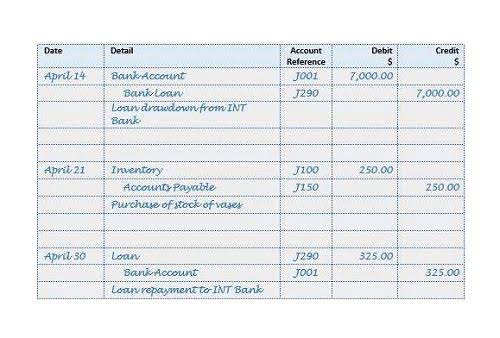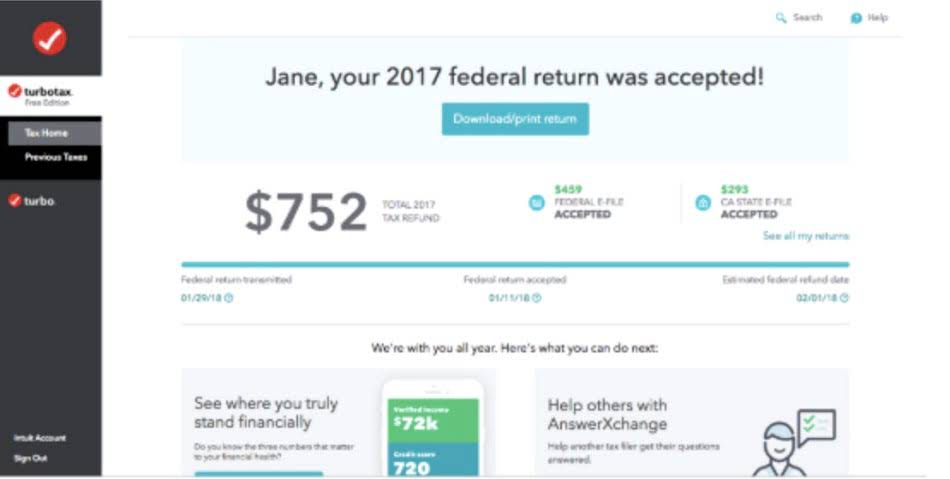Unearned Revenue: What It Is, How It Is Recorded and Reported

Similarly, GAAP rules prevent businesses from recognizing unearned revenue as fully recognized income. It is to prevent businesses from overvaluation of income and avoid manipulation of accounting practices to window-dress profits. Recognition of unearned revenue immediately as a liability is in compliance with the GAAP rules and accrual accounting principles. Therefore, the seller records it as a liability on the balance sheet before confirming it as earned revenue to the income statement. Unearned revenue is a short-term liability for the seller as the goods or services promised against the payment received are yet to be delivered. In simple words, it is the advance payment received from a customer against a promise to deliver products or services in the future.
AccountingTools

For help creating balance sheets that can track unearned revenue, consider using QuickBooks Online. QuickBooks offers a wide range of financial reporting capabilities, along with expense tracking and invoice features. Every business will have to deal with unearned revenue at some point or another. Small business owners must determine how best to manage and report unearned revenue within their accounting journals.
Example of Deferred Revenue Accounting
In line with this obligation, a liability of $6000, categorized as unearned rent, crops up on the balance sheet. Now, let’s determine how unearned rent affects the overall financial scene. The amount that a tenant has paid in advance for rent increases the landlord’s cash asset. But simultaneously, as we’ve discovered, it’s labeled as a liability too.
- Let’s explore how unearned rent is handled in real estate, commercial property leasing, and vacation rentals.
- As the company delivers the goods or provides the services, it can recognize the corresponding revenue.
- While it is fundamentally defined as payment received for services or the use of property yet to be provided, its treatment and implications can vary significantly among different industries.
- Commercial leases can span several years, with businesses sometimes paying several months or even years of rent in advance to secure strategic locations.
- The impact of the transaction now appears in the income statement, as revenue.
What Is Deferred Revenue?
Also, since the customer could request a refund before any of the services have been provided, we need to ensure that we do not recognize revenue until it has been earned. The following journal entries are built upon the client receiving all three treatments. First, for the prepayment of future services and for the revenue earned in 2019, the journal entries are shown. Deferred revenue is recorded as a liability on the balance sheet, and the balance sheet’s cash (asset) account is increased by the amount received. Once the income is earned, the liability account is reduced, and the income statement’s revenue account is increased. The specificity of tenant agreements can greatly affect the management of unearned rent.

1 Identify and Describe Current Liabilities
For example, Figure 12.4 shows that $18,000 of a $100,000 note payable is scheduled to be paid within the current period (typically within one year). The remaining $82,000 is considered a long-term liability and will be paid over its remaining life. An account payable is usually a less formal arrangement than a promissory note for a current note payable. For now, know that for some debt, including short-term or current, a formal contract might be created. This contract provides additional legal protection for the lender in the event of failure by the borrower to make timely payments.

Understanding Current Liabilities
In this industry, unearned rent appears as advance payments for bookings made for future dates. Given the short-term nature of these engagements, the period between recognizing a payment as unearned rent and converting it to revenue is much shorter. For the property owners, these large sums of money are recorded as unearned rent liabilities. This accounting practice acknowledges the long-term commitment to provide a usable space over the lease’s duration. Unearned revenue can provide clues into future revenue, although investors should note the balance change could be due to a change in the business. Morningstar increased quarterly and monthly invoices but is less reliant on upfront payments from annual invoices, meaning the balance has been growing more slowly than in the past.
The clauses within these agreements dictate the timing and amount of rent payments, which in turn influence the accounting for unearned rent. It is through these agreements that the property owner and tenant set expectations regarding is unearned rent a current liability the use of the property and the corresponding compensation. To account for this unearned rent, the landlord records a debit to the cash account and an offsetting credit to the unearned rent account (which is a liability account).
Deferred Revenue and Accrual Accounting
The adjusting entry for unearned revenue depends upon the journal entry made when it was initially recorded. And so, unearned revenue should not be included as income yet; rather, it is recorded as a liability. This liability represents an obligation of the company to render services or deliver goods in the future. It will be recognized as income only when the goods or services have been delivered or rendered. Unearned revenue, also known as unearned income, deferred revenue, or deferred income, represents proceeds already collected but not yet earned.
Dividends Payable or Dividends Declared

Companies might try to lengthen the terms or the time required to pay off the payables to their suppliers as a way to boost their cash flow in the short term. The treatment of current liabilities for each company can vary based on the sector or industry. Current liabilities are used by analysts, accountants, and investors to gauge how well a company can meet its short-term financial obligations. As each month passes and the living space is provided, an equivalent portion of this liability is transferred to revenue. This method ensures that income is matched with the period it was earned, thereby adhering to the accrual basis of accounting. If the lease agreement allows the landlord to keep the unearned rent, even if they can’t provide the service, the advance payment isn’t tagged as a liability.